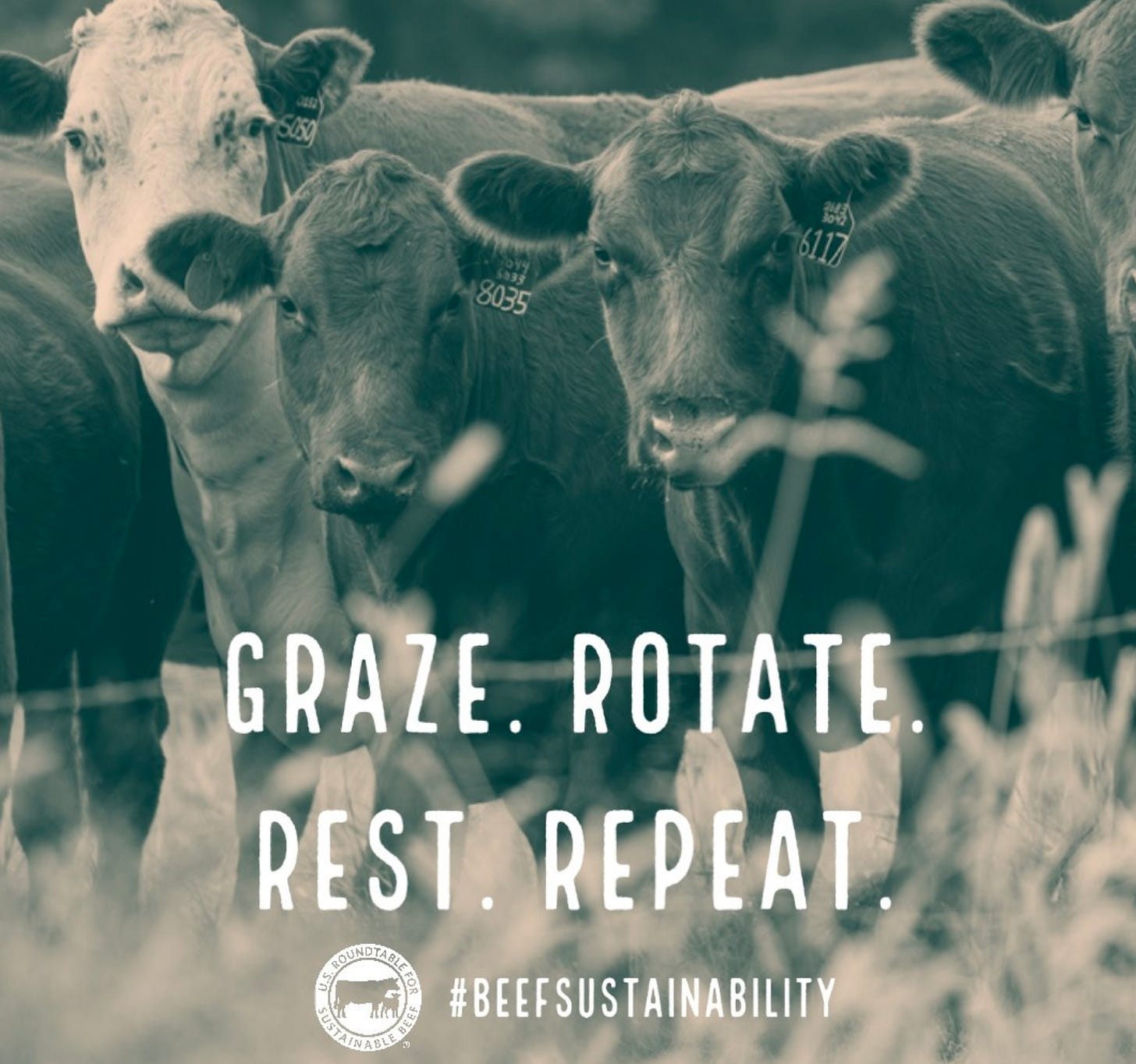These groups may not be who you think they are
It helps to know who is behind the latest better-food institute or food-climate alliance.

In 2015, a group of scientists came together to support and promote research into the American obesity crisis. But the Global Energy Balance Network quickly drew scrunity from outside experts. Why, these observers wondered, was the organization singularly promoting studies on the importance of exercise despite overwhelming scientific evidence that poor diet is one of the most important risk factors for obesity?
The answer was simple. Not only did Coca-Cola fund the research institute, it chose its leadership, drafted the mission statement, and designed the website. As consumers were growing wary of sugar, the junk food giant’s plan was clear: Push the idea that people were struggling with health issues simply because they were skipping the gym, not because they were drinking soda. And do it all behind the rhetorical guise of a research consortium, because who would question the credibility of a study affiliated with the prestigious-sounding “Global Energy Balance Network”?
In this case, the conflict of interest was so egregious that the initiative quickly fell apart. But there are countless other organizations and alliances in food and agriculture that have mastered the more subtle art of lobbying for their own interests under a name that suggests academic prestige or an unbiased point of view. As a result, it can be difficult to separate facts from marketing.
Of course groups that represent business interests are going to exist. When their names are things like the “Organic Trade Association” or the “Dairy Export Council,” it’s pretty clear what their goals are going to be. Promote organic. Export more dairy. So we can absorb whatever they’re saying with knowledge of that perspective in mind. When the names are either thickly veiled or flat-out misleading, sorting through information becomes more difficult.
It’s entirely possible that an alliance of ranchers is promoting the best science on meat and nutrition, but they could also be doing the Coca-Cola thing. Farm group alliances dedicated to climate action might be a positive development, but we should know if the members have been lobbying against environmental regulation for eons.
In the spirit of Peeled, I decided to start this list so that when you come across these organizations and alliances in news articles or Google searches, you’ll know exactly who is behind them. I may keep adding to it as more cross my path. Feel free to comment if you have thoughts on how you might use this information or if there are others you think I should add to the list.
Unwrapped
CropLife International and CropLife America
CropLife’s imagery tends towards sunshine and vegetables, and its messaging emphasizes “healthy food, people, and planet.” The international organization and its US arm represent the world’s biggest “developers, manufacturers, formulators, and distributors of pesticides and plant science solutions.” In other words, the group lobbies for the interests of companies including Bayer, Syngenta, and Corteva and against policies that restrict pesticide use or genetic modification in nearly any way.
During the Trump era, it petitioned the EPA to limit the consideration of studies that associate certain pesticides with human health issues and supported the reversal of a ban on chlorpyrifos, which is linked to neurological problems in children. Last year, its employees convinced US officials to eliminate mentions of fungicides in guidelines aimed at reducing drug-resistant infections, despite expert consensus in the other direction. Whether you believe pesticides are a necessary agricultural tool and can be safely applied or prefer organic all the way, PestDeath is not quite as catchy as CropLife.
GMO Answers
CropLife doesn’t limit its influence to Washington, DC, either. Google “Are GMOs safe?” and on the first page of search results you’ll get an answer from a source that sounds like the perfect fit: GMO Answers. But guess whose website this is? CropLife International created and funds this, too. That means the unbiased answers you think you’re getting to scientific, ethical, and health questions about crop biotechnology are brought to you by companies whose entire goal is to profit off of that technology. Again, this doesn’t necessarily mean the website is all bad science, but it’s certainly not a good source for balanced information.


Waters Advocacy Coalition
You’ll encounter this one less often, but given its name implies the exact opposite of what it is, I had to include it. Since the Obama era, industry and environmentalists have been fighting over a regulation called Waters of the United States, or “WOTUS.” The rule essentially expanded the number of waterways protected by the federal Clean Water Act, making it harder to pollute smaller streams.
The Waters Advocacy Coalition was created to lobby against it. It’s an alliance of many of the groups that represent the biggest agricultural companies along with groups that advocate for other profitable pursuits that produce water pollution—like golf courses, petroleum, and mining. So, just to make this very clear: The coalition advocates not for the protection of waters, but for their right to pollute the waters. That effort led to President Trump’s administration rolling back the protections. Now, the issue is on the table again as some environmental groups are asking the Biden administration to revisit it.
Food and Agriculture Climate Alliance
On its face this group is sort of what it says it is, which is an alliance of food and agriculture groups promoting climate action. But its idea of climate action is extremely limited to what will benefit big farms and agribusinesses . And at the helm is the American Farm Bureau Federation, which has been putting a lot of muscle and money into lobbying against environmental policies for decades. Yes, CropLife America is also a member.
US Roundtable for Sustainable Beef
One might imagine this “roundtable” would be a gathering of grass-fed cattle ranchers pushing to change the structure and practices of the meat industry. In fact, it’s an alliance of the massive companies that rule industrial meat production, including JBS and Cargill, and food giants like McDonald’s. Like the Food and Agriculture Climate Alliance, their idea of “sustainable,” then, is limited to tweaking the current system in small, profitable ways.
North American Meat Institute
Clearly the National Pork Producers Council speaks for the country’s biggest pork companies and the National Chicken Council exists to represent the country’s biggest poultry producers. But the North American Meat Institute sounds like a non-profit research institution. It’s not. It’s the trade association that represents the biggest meat companies in the world—like Tyson Foods and Smithfield Foods—and it wields a lot of power in Washington, DC. It’s goal is to get everyone to eat a lot of meat and to make those companies look good.
Good Food Institute
This one might take the cake for the most innocuous name paired with the most specific goal. The Good Food Institute is an organization dedicated to expanding research and investment in “alternative proteins,” AKA techy plant-based and cell-based meats like Impossible Burgers and chicken nuggets grown in labs. (You know, just basic, everyday “good food.”) It lobbies for more government investment in these technologies, among other things.
Still hungry?
Tough job, but...Doug Parker is probably going to have to do it. For Civil Eats, I wrote about President Biden’s nominee to lead OSHA, the federal agency that is supposed to protect workers on the job but largely failed to fulfill that mandate during the pandemic. Parker’s nomination will have major implications for food and farm workers, who were disproportionately affected by COVID-19. That’s especially true because he previously advocated for workers and led the state worker protection agency in California—the country’s biggest agricultural state.
Currently devouring
A regenerative reckoning. Joe Fassler’s Big Think on the complicated realities of “regenerative agriculture,” published by The Counter, is definitely worth reading. It’s a long one—grab yourself a glass of wine and settle in.
Actually eating
Oh, happy day! I got my first strawberries of the season and have been eating them like candy. Maryland’s aren’t ready yet but a few farmers at my market had some from Virginia and North Carolina.
Thank you, Southern neighbors, for sharing the fruits of your sunshine and labor.
Let’s be friends
Follow me on Twitter and Instagram to continue the conversation. See you next week!




